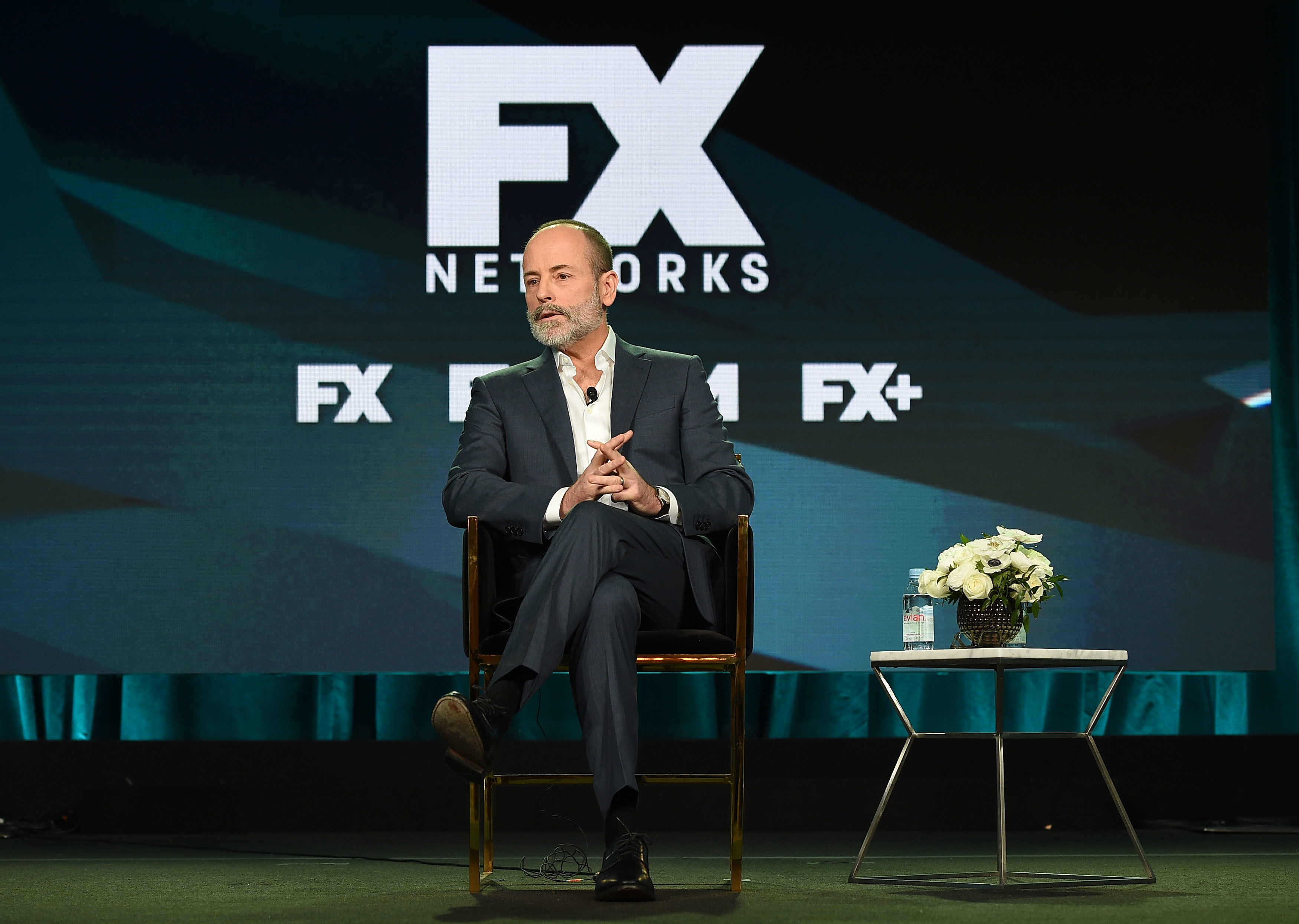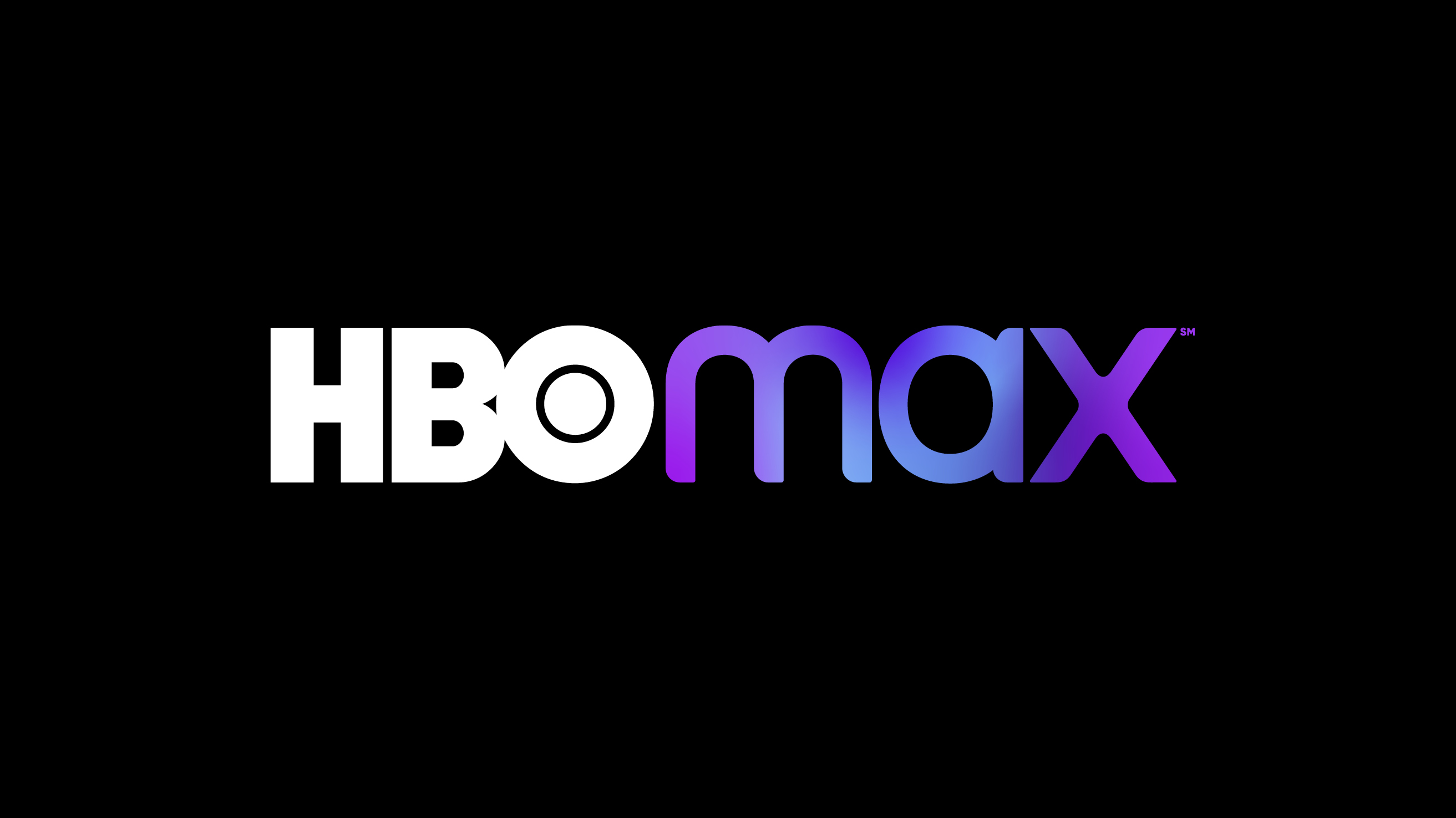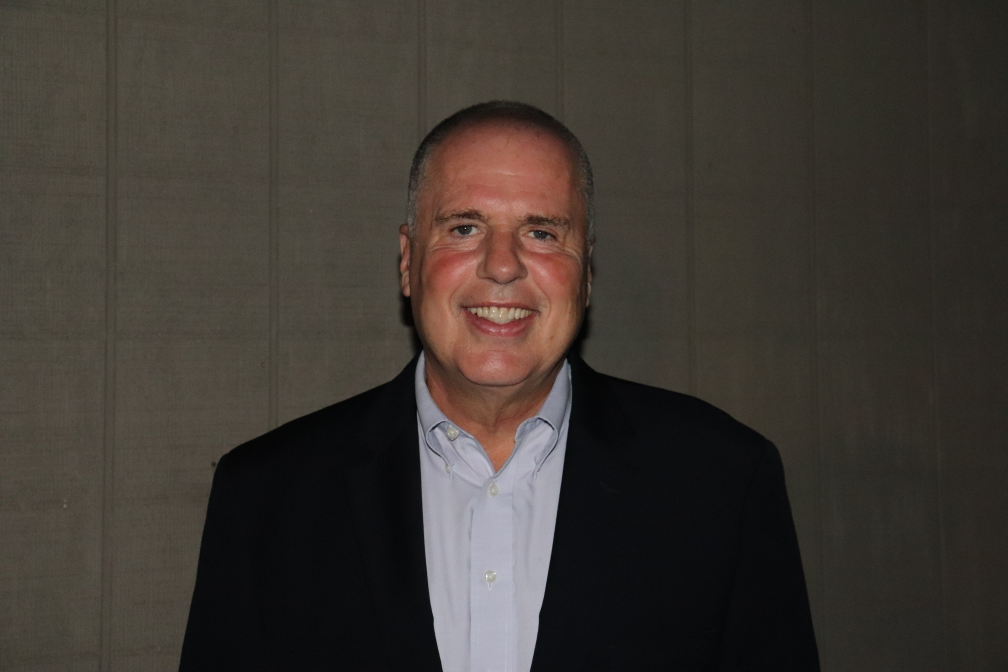‘Peak TV’ – When Exactly Will It Finally Peak?
2019 marks yet another record year for original scripted content

Back in 2015, FX Networks and FX Productions CEO John Landgraf predicted we had reached the saturation point of “Peak TV,” which is the term he coined to describe the rising glut of original regularly scheduled scripted product across all platforms.
“My sense is that this year or 2016 will represent peak TV in America and that we’ll begin to see declines coming the year after that and beyond,” he said at the FX executive session at the 2015 Television Critics Association (TCA) Summer Press Tour. “For programmers, this bubble has created a huge challenge in finding compelling original stories and the level of talent needed to sustain those stories. It has also had an enormous impact on everyone’s ability to cut through the clutter and create real buzz.”
“What we are starting to see is a new frontier that will be defined by brands,” he added. “And while those brands may have different identities or missions, programmers without a defining brand, identity, and the scale to support that brand with great and plentiful programming and marketing, are going to have a huge struggle as time goes on.”
The “Peak TV” Bubble Is Still Inflating
To John Landgraf’s surprise (and certainly our business in general) “Peak TV” shows no signs of diminishing anytime soon. Midway through 2019 (and not including recent digital streamers Apple TV+, which has already confirmed second seasons of five of its scripted dramas, and Disney+), the tally (excluding anything non-scripted) was a mammoth 322 scripted TV shows through June.
With an historical high 495 original scripted series reported by FX research in 2018, that means this year will reach another zenith, no doubt. And the rash of new series announced by aforementioned Apple TV+ and Disney+, not to mention an upcoming newbie streamer like HBO Max, means the challenge for any series to stand out has become more difficult than ever before.
HBO Max, which is slated to launch in May 2020, has already announced a slew of new scripted series to add to further fuel the “Peak TV” totals. They include The Flight Attendant (created by, and starring, former The Big Bang Theory star Kaley Cuoco); Made for Love, the dark tale of divorce and revenge; sci-fi themed Raised By Wolves from Ridley Scott; Tokyo Vice, based on the 2009 memoir by Jake Adelstein and directed by Michael Mann; and the reboot of teen-themed Gossip Girl.
NEXT TV NEWSLETTER
The smarter way to stay on top of the streaming and OTT industry. Sign up below.

Digital Streaming Is Now the No. 1 Outlet for Original Scripted Product
Of those 495-original series in 2018, 160 shows (representing 32 percent of the total) were online, which is now the largest platform for original content. Next was broadcast at 146 series, followed by 144 for basic cable, and 42 for pay cable. Keep in mind, this does not include movies, specials, daytime dramas, and any non-scripted programming.
That said, the challenge for any series, on any platform, is finding those elusive eyeballs. And the question to ponder, once again, is just when (if ever) “Peak TV” will…well…peak.
“While the content totals could certainly rise again in 2020, and probably will, we are reaching a saturation of streamers at this point now that Apple TV+ and Disney+ are here, and HBO Max is on the horizon,” said Rob Russo, president of RNR Media Consulting. “This reminds me of the rapid rise of cable outlets, which at the time generated its own original scripted programming. And now we have all these OTT opportunities, which have expanded the individual options to record levels. But after these Big 3 additional streamers, we are probably done, at least from a large scale perspective.”
“After that, anyone trying to get into the OTT business is going to have a difficult time,” he added.
Russo predicts well-branded names like Apple and Disney may not ultimately find the success they might have had as digital streamers based on their names alone in this increasingly crowded field. But the key, said John Landgraf at that TCA session, does indeed fall within the branding.
“As technology evolves and people consume television through different modes of delivery than channels, brands will become increasingly important as mediating filters for the overwhelmed viewing public,” he said. “Brands make consumers’ lives easier. They are signposts that point to their favorite choices.”
“With so many choices, the challenge at present is indeed finding those brands, and shows, that stand out,” said Russo. “At some point, the pendulum will eventually shift to fewer of both, perhaps. But the falloff is not on the immediate horizon.”
Marc Berman is editor-in-chief for media-centric The Programming Insider (programminginsider.com), which pioneered the email newsletter format at its inception in 1999. Marc has written for a wide range of publications including Broadcasting + Cable, Next TV, Forbes, Newspro, Campaign US, The Hollywood Reporter and Variety. Known as “Mr. Television” at Mediaweek (now Adweek), Marc has appeared on camera on Entertainment Tonight, Extra, Inside Edition and CNN and MSNBC, among other series and outlets. He is a member of The Television Critics Association and The Broadcast Journalists Television Association. And Marc put his TV historian hat on as author of desk calendar Today in TV History.

